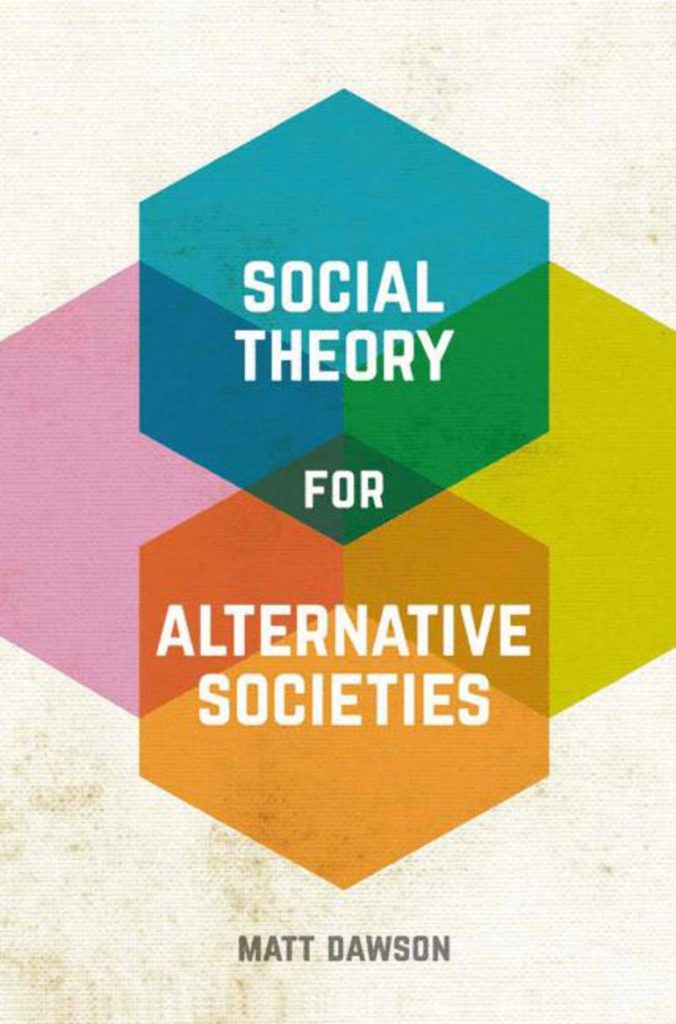Via the case of shifting gender politics in Tunisia, Charrad and Zarrugh argued that the Arab Spring (the Jasmine revolution in the Tunisian case) has helped facilitate a new form of politics – politics from below as opposed to the business-as-usual politics from above. This new politics takes the shape of a newly-invigorated public sphere in which women’s associations have played a crucial role. In order to understand this development, the authors return to Habermas’ classic study of the public sphere and its development in Western Europe, unsurprisingly offering their own twist on his ideas:
The concept of the public sphere as formulated by Habermas provides a useful starting point for our discussion in that it calls attention to the expression of different understandings of politics and the exchange of different views. However, in analysing debates on Article 28 of the Tunisian Constitution, we are considering a different process from the one referred to by Habermas who, focusing on the experience of Western Europe, envisaged a gradual emergence of a public sphere outside the control of the state and one focused on communication and its media. (Charrad and Zarrugh, 2014: 232)
The authors use the debate over Article 28 in the new constitution (seen by women as reducing their status to ‘complementary’) to argue that, far from this gradual development a-la Habermas, post-revolutionary Tunisia witnessed
the sudden eruption of a public sphere to the forefront of politics and one in which associations have played a critical role. Far from a gradual transformation over time, the Arab Spring and its following debates represent the upwelling of a new public sphere and civil society. Women’s organisations, which historically did not exert significant influence on the state in Tunisia, have been exceedingly important to debates about the constitution. Moreover, with Article 28 in Tunisia, the writing of one of the most official texts in the country became a matter of public debate. All of a sudden, constitution writing emerged as an integral part of the new ‘politics from below’ in which different groups expressed their opinion, sometimes vehemently.
This post-revolutionary eruption of a public sphere in the context of Tunisia, alongside parallel transformations in the public sphere elsewhere, inevitably draws one back to Habermas’ original text, The Structural Transformation of the Public Sphere. This is a text that, for all its brilliant analysis of the rise of the public sphere – for Habermas an essential component of modern democracies – concludes with the idea that 20th century modernisation has resulted in a regression of the concept and reality of the public sphere, one in which the notion of ‘publicity’ has been reduced to a public relations exercise.
The last couple of pages of the book see Habermas somewhat wistfully make a case for a critical publicity – a form of publicity that helps to keep power and domination in check (its proper function according to Habermas, 1989: 250). Although context should always be taken into account, are we not, in the case of the Jasmine revolution, and specifically in the role of women’s organisations, witnessing exactly the kind of critical publicity Habermas was crying out for back in 1961?










